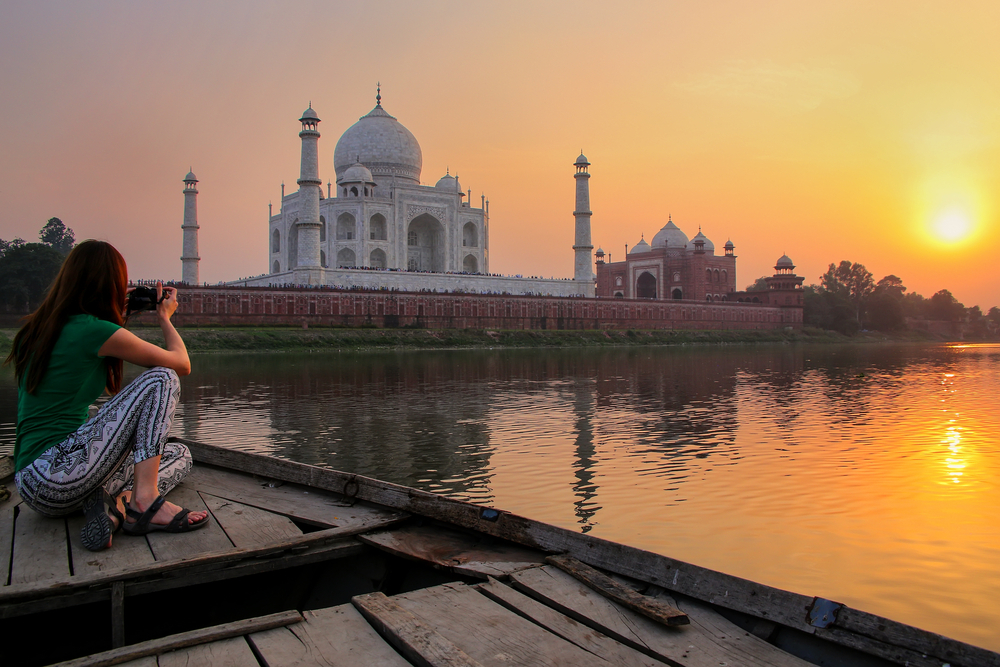Indian street food has an emotional quality, with the sound of pans cooking, the smell of spices moving through the air, and the rhythmic noise of sellers skilfully putting together tasty treats in seconds. It’s not just food. People eat it on a paper plate or banana leaf to show their culture and identity. It’s like going on a culinary trip through the streets of any Indian city. It will please your taste buds and stay with you long after the last bite.
A Burst of Flavors at Every Corner
India’s street food scene isn’t just varied; it’s a patchwork of tastes from different parts of the country, each telling a story about history, climate, community, and imagination. There are stars in every part of the world, from the busy streets of Old Delhi to the lively Chowpatty beaches of Mumbai to the hot shops of Kolkata to the fragrant corners of Hyderabad. That ties them together: they can bring people together and feed more than just hunger.
One of the most memorable things you can do is be in North India and watch a chaatwala make golgappas (or pani puri, depending on where you are). He opens each crisp puri, puts spicy potatoes and beans inside, dips it in cold tamarind water, and then smiles and gives it to each person one at a time. It’s like a quiet rite. There’s no need to hurry or act smart—just pure, shared pleasure in taste.
Mumbai’s Heartbeat on a Bun
It’s not just a snack in Mumbai; it’s how people live. People in the city love this simple potato snack stuffed into a soft pav (bread bun) and served with hot garlic sauce and green chilies. You can buy it on almost every street corner. Lunch at the office, a snack after school, or a midnight snack after a train ride in the neighborhood. Its magic lies in its simplicity: cheap, hot, crispy, and cozy.
But Mumbai is more than just Vada pav. Street food is a big business in the city. From sev puri and pav bhaji to Bombay sandwiches and misal pav, each has its own story full of butter, lime, spice, and lively talk.
INDIAN VISA FOR SEYCHELLOIS CITIZENS
Kolkata’s Love Affair with Street Eats
Street food in Kolkata reflects the city’s imperial past, its mix of cultures, and its deep, artistic love of excess. The city may best be known for its kathi roll, which was created on Park Street’s small streets. It’s made with crispy paratha wrapped around juicy, spicy meat or paneer, onions, sauces, and sometimes a dash of lemon. It’s always rolled up perfectly and given to you with a wax paper hug.
Jhal muri, puffed rice mixed with onions, chilies, spices, mustard oil, and peanuts, is also a famous dish. It looks like a light snack but packs as much punch as a complete meal. People will stand under trees or beside tram lines, talk, laugh, and sometimes argue about politics over a paper cone of jhal muri.
The Southern Symphony of Flavors Head south, and the street food story takes on a new character. People come to dosa stands in Chennai and Bangalore all day and night. Seeing a street seller pour, spread, and flip a dosa is a show in and of itself. The golden, crisp crepe filled with spiced potato mash and served with hot sambar and coconut sauce is a comfort food you can’t say no to.
But the south also has some secret gems, like the hot mirchi bajjis (pan-fried green chilies) from Andhra, the banana cakes from Kerala, and the famous Bonda soup from Mysore. Even the tea stands here have something unique: crispy vadas with a hot glass of filter coffee that smells great and makes you feel nostalgic.
The Unspoken Joy of Midnight Bites
Indian street food is a big part of society at night. When you eat under the stars, everything tastes better. This is true for egg rolls in Delhi after a late movie, bhurji-pav in Pune’s student hubs, and paranthas served at dhabas on the edges of any city at night. During these times, food is more than just fuel; it’s also a way to share memories with loved ones or strangers.
INDIAN VISA FOR SIERRA LEONEAN CITIZENS
A Connection Beyond the Plate
The fact that Indian street food is easy to get might make it so memorable. The draw is the same for everyone, whether you’re a student, a traveler, a local, or a CEO. You don’t need to be polite to eat street food. And that’s part of the fun. You eat with your hands, stand while you enjoy, wipe your lips with your palm, and sometimes the heat makes you cry.
Every bite of Indian street food contains more than taste. It contains history, love, chaos, kindness, and a celebration of the everyday. It’s impossible to feel the pulse of India if you walk the streets without stopping to eat. These are stories on a plate, ready to be told, shared, and enjoyed.
Also read: Blooming Seasons: India’s Flower Valleys



